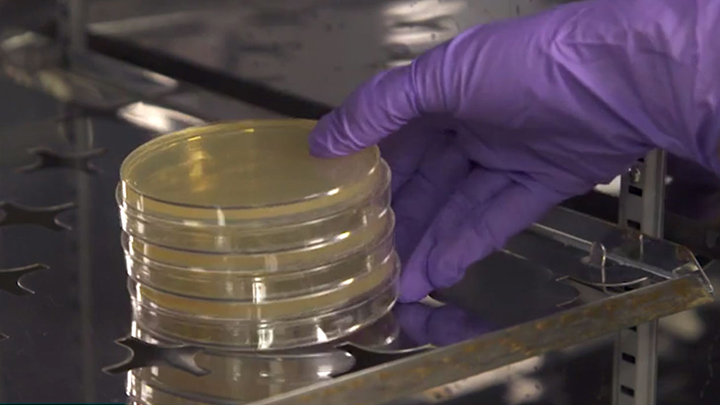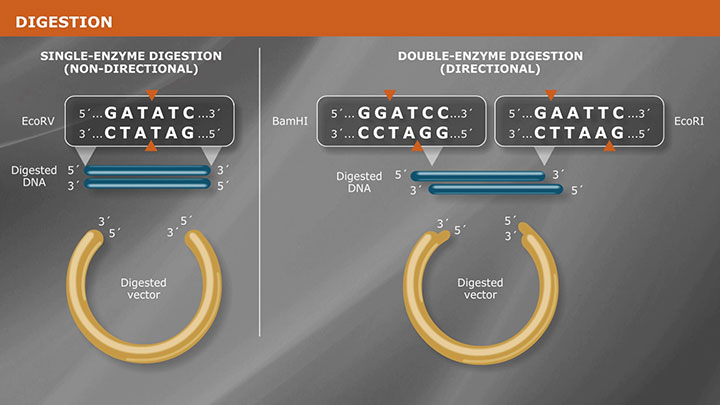The Mechanism of Transformation with Competent Cells
Script
Transformation is the process by which DNA is introduced into bacteria. Bacteria can then replicate and express that DNA, which can be isolated for downstream applications.
Artificial transformation of bacteria involves producing competent cells capable of exogenous DNA uptake. There are two primary methods of artificial transformation used in the laboratory, chemical transformation and electroporation.
It is thought that chemical transformation, which requires chemically-competent cells, uses divalent cations to increase the permeability of the bacterium's cell wall, thereby increasing the likelihood of DNA acquisition. Many common protocols include a heat-shock step to improve DNA uptake. Electroporation involves the application of an electrical field to the competent cells in suspension, thereby introducing holes in the cell's perimeter. The newly compromised cell wall allows exogenous DNA to pass into the cytosol of the bacterium.
Outgrowth of bacteria following transformation allows for repair and recovery of the cells in liquid medium without antibiotic. After outgrowth, the culture is spread on selective plates to isolate transformants containing the newly-acquired DNA, which conveys antibiotic resistance.
A variety of competent E. coli types are available in different formats and for different applications, such high-efficiency cloning and protein expression. Visit CloneWithNEB.com for the full list of products available for this application.
Related Videos
-

How to Perform a Transformation with NEB® Competent Cells -

Tips for Successful Transformations with NEB® Competent Cells -

Overview of Traditional Cloning

